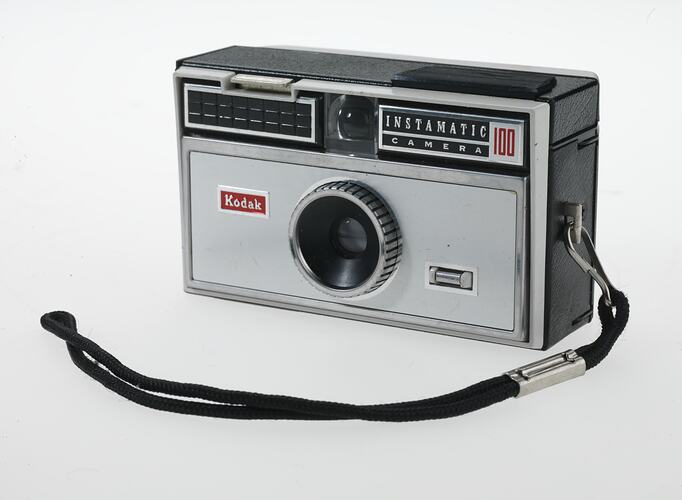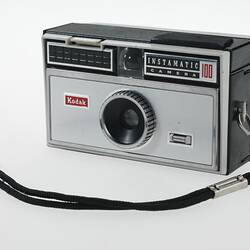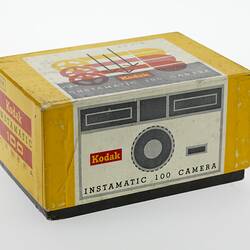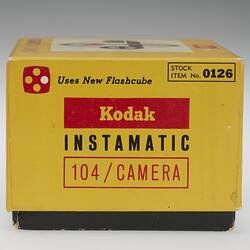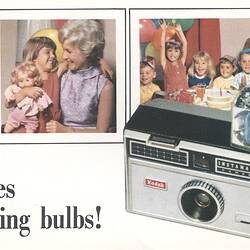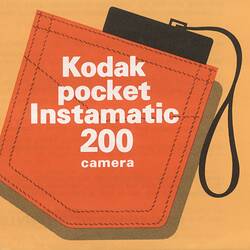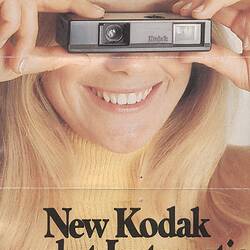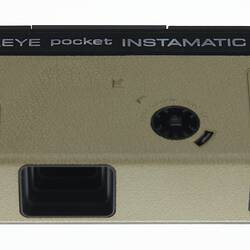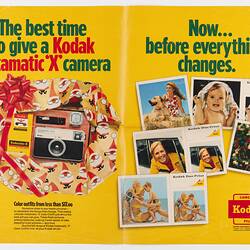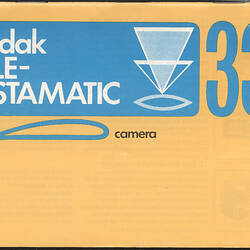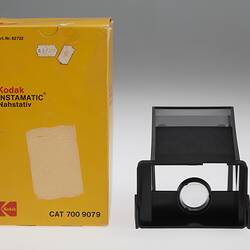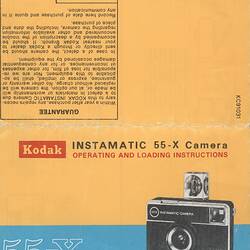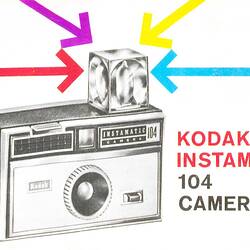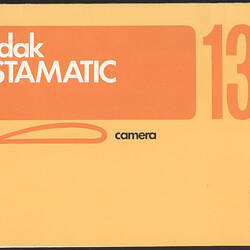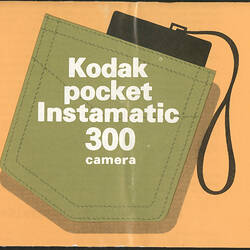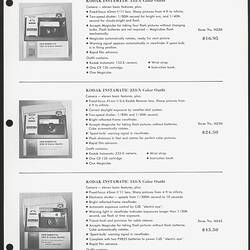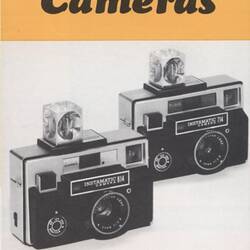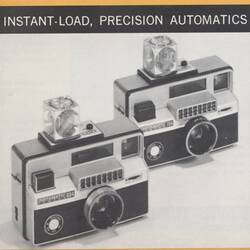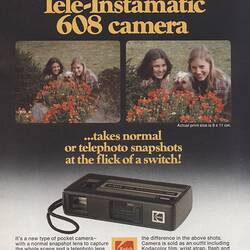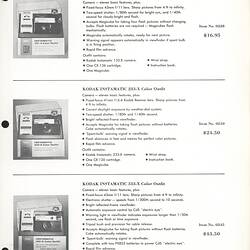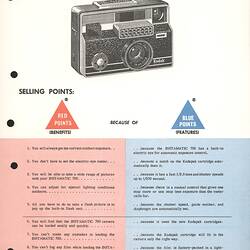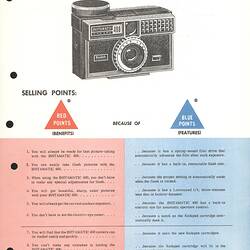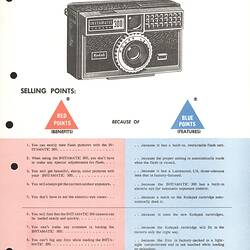The popular Kodak Instamatic camera range was launched worldwide in 1963. It was the first time in the history of Kodak that a product was launched simultaneously around the world.
The small and compact Instamatics had a huge impact on amateur photography, as they were inexpensive and easy to use. Importantly, loading the camera with film was also fast and easy - users only had to drop a film cartridge (Kodapak 126 and later 110 format ) into the back of the camera. The cameras came with flash capability for indoor and night photography, and took colour and black & white print film as well as colour slide film.
There was a wide range of Instamatic cameras, ranging in price in Australia during the 1960s from just $5.95 to over $100. Some were inexpensive, simple aim-and-shoot type cameras with no control settings while others were more costly and had a choice of settings, automatic 'electric-eye' exposure control, automatic focus, automatic flash, higher quality lenses and other features such as telephoto lenses. By 1970, 50 million Instamatics had been made worldwide, bringing cheap, modern photography to the masses.
The first model was the Instamatic 50 which was released in February 1963 by Kodak Limited in England, while about a month later the Instamatic 100 was issued by Eastman Kodak in the USA. In the same year, Instamatics were also produced in Melbourne by Kodak Australasia for the local Australia and New Zealand market, and by other Kodak subsidiaries all around the world. Pocket Instamatic cameras were launched in the USA and Europe in 1972, but demand was so high that the Australian sales launch was delayed until April 1973.
The Pocket Instamatic was a new smaller version of the Instamatic camera, that used a smaller film cartridge, the 110, and was designed to fit into a pocket. The first release included the Pocket Instamatic 100, 200 and 300 models. The X-Series Instamatic camera was a new version of the Instamatic camera range introduced in 1970 that used the X-Type Magicube flash, hence the name. Magicubes were slightly larger than conventional flashcubes and operated with self-powered flash technology, doing away with the need for batteries. They just clicked easily onto the top of the camera and a warning message popped up in the view-finder if a used bulb was in the picture-taking position to prevent photographers wasting film.
References
Australian Kodakery, No. 17, Mar-Apr 1970, p.1.
Kodak Sales News, Mar-Apr 1971.
Kodak Sales News, Nov 1972.
Australian Kodakery, No 41, Dec 1972.
Kodak Sales News, Mar 1973.
Australian Kodakery, No. 50, Feb / Mar 1974, p.5.
Australian Kodakery, No. 82, Sep 1977, pps. 1, 3.
Eastman Kodak Handbook News, 1963.
Kodak Heritage Collection Volunteer Team, composed of former Kodak engineering department and related staff, who documented key points in Kodak's camera production history.
More Information
-
Keywords
-
Authors
-
Article types
